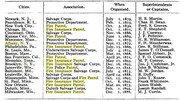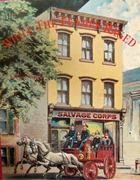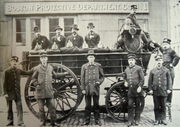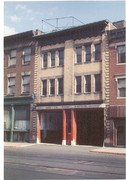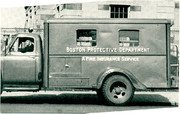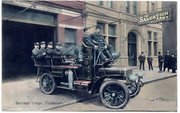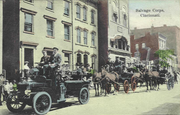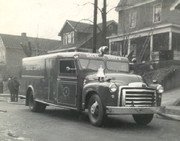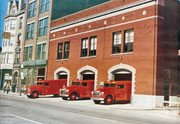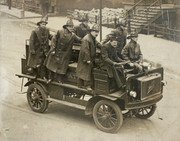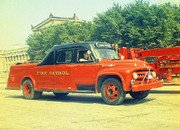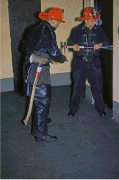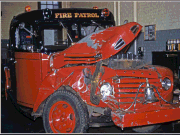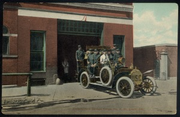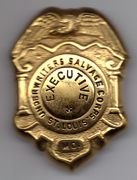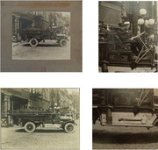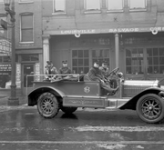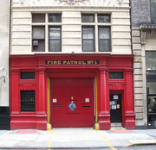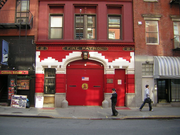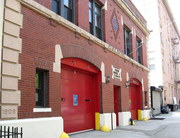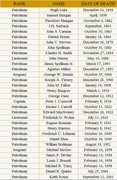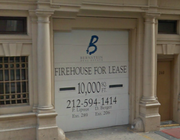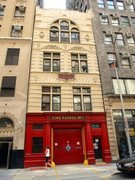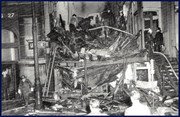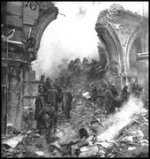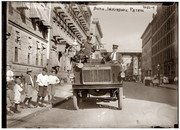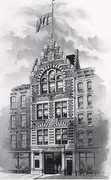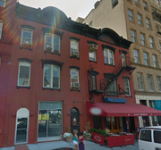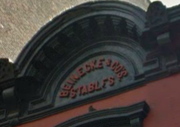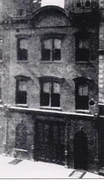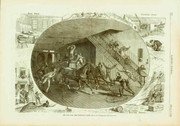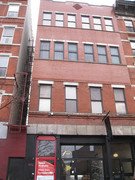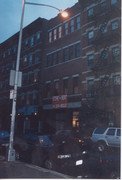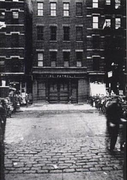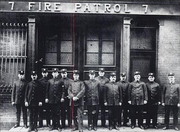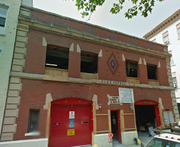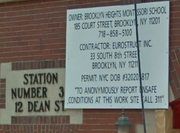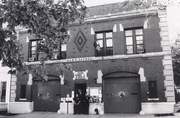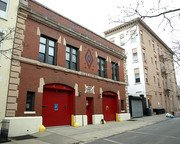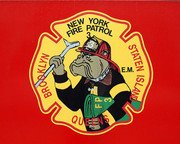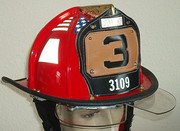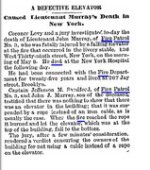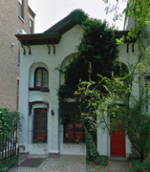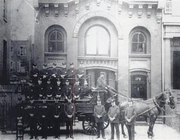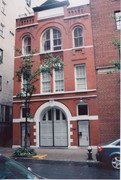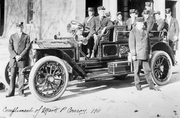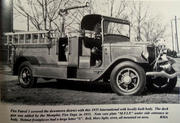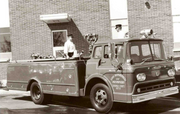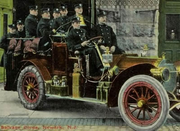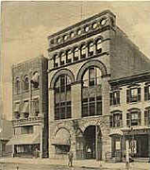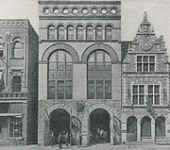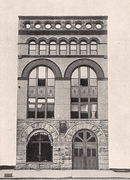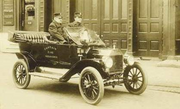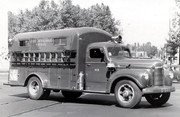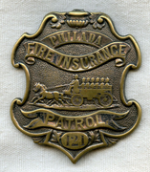SAN FRANCISCO
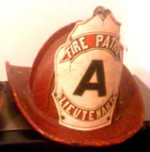
"The work of salvage at fires began when the Department was organization in 1849. Each member of the volunteer companies was given an assigned task upon their arrival at a fire such as making the hose lead to the burning building, manning the pump, or entering the fire building to save the home owner's most valuable possessions. Each fireman carried a large canvass salvage bag that was used to remove valuable property at fires. The bag was marked with his initials so that the bag could be returned to him after the saved property was turned over to the home owner. A set of bed keys were also carried by the firemen to dismantle and remove the home owner's brass bed, as it usually the most valuable piece of property in those by-gone days.
SF Underwriters Fire Patrol Building
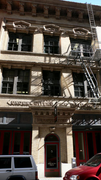
147 Natoma St
On May 24, 1875, the City's insurance companies joined together to organize and fund the Underwriters Fire Patrol. The UFP was like a fire department; it had its own firehouses, alarm system and firemen whose only task was salvage practices. The patrol worked at fires in conjunction with the SFFD. The insurance companies realized that if valuable items could be saved from fire damage that their business expenses could be controlled. Due to do the reduction of these expenses, their policy holders would not have to pay higher premiums. On this premise, the Underwriters Fire Patrol was organized.
THE UNDERWRITERS PATROL HAD THE FIRST MOTORIZED FIRE UNITS IN SAN FRANCISCO. A 1911 American LaFrance Type 5 Fire Patrol Wagon, registry # 25, was shipped from Elmira, New York on April 27, 1911 and placed into service in May of that year. Three other American LaFrance Fire Patrol Wagons were shortly added to their apparatus roster. A 1911 ALF, registry #84, Type 10, was shipped on December 11, 1911, followed by a 1912, registry #207, Type 10, on December 26, 1912 and a 1913 ALF Type 10, #407, left Elmira on October 15, 1913. All four units were in service until 1930, then placed in reserve and finally scrapped in 1941.
On July 1, 1943 the Underwriters Fire Patrol was merged into the Department. All the apparatus, equipment and firemen of the UFP were transferred and used to organize four new salvage companies.
The usual work place for the firemen of the salvage companies was the floor under the fire. Furniture, beds and other home items were moved to the center of the room and covered with large heavy canvass salvage covers to protect them from water damage caused by the engine companies working above on the fire floor. If the fire was in a business, the first task was to save the record books of the company. Once the property was covered, water shoots were made using the salvage covers to funnel the water out a window or down a central staircase to the exterior of the building. At greater alarm fires, once their beginning salvage work was completed, the companies often assisted attacking the fire by making their own hose lead. When a fire was extinguished their work then turned to removing all the water from the building, from the floors below the fire all the way to the basement. Heavy pumps were used to remove the water from the basements and elevator shafts. There was work on the roof as well. Roof ventilation holes and punched out sky lights made by the truck companies needed to be covered with heavy canvas roofing covers. Rolls of roofing paper or, in later years, rolls of heavy plastic were also used to protect the building from the elements. The salvage companies were always the last to leave a fire.
The winter months were the busiest time for salvage companies as not only did they answer calls of fires, they saved property from water damage caused by roof leaks, broken windows and doors, broken water pipes and a wide assortment of building problems.
Beginning in 1971 the City demanded that the Fire Department reduce its budget, and over the next several years the salvage companies were disbanded. On July 1, 1976 the last remaining salvage company, number 1, was deactivated and placed in an unmanned reserve status. Four years later Salvage Company No.1 was removed from a reserve status and was disbanded. Much of the equipment that was carried on the Salvage rigs was transferred to each of the City's 20 truck companies. Truck companies, when they had the time, took over much of the work that had been previously done by the salvage companies.
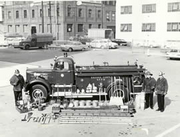
Equipment carried, in general (1938):
40 to 100 salvage and roofing covers
size of salvage covers: 12 x 18 feet
size of roofing covers: 14 x 18 feet
Ceiling hook or pike pole
Box of spare sprinkler heads
Hasps and locks
Assorted nails
Monkey wrenches
Hand lamps and Pres-o-lite lanterns
Portable soda and acid extinguishers
Pyrene extinguishers
Scoop shovels
Brooms
Mops and squeegee
Sponges
Assorted pipe plugs for water lines
Sawdust
Laths tar paper
Ladders
Axes
Door opener
Sprinkler stoppers
Saw, brace and bits, Stillson wrenches, etc.
1960, in addition to above:
Firemen salvage belts carries a hammer and a pouch of various nails
Rolls of poly-plastic"
Note:
SF had 9 fire patrol companies:
http://guardiansofthecity.org/sffd/companies/ufp/index.html
(from SFFD Museum - "Guardians of the City")
SF Underwriters Fire Patrol Company 1A:
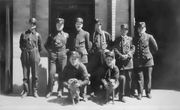
147 Natoma St
